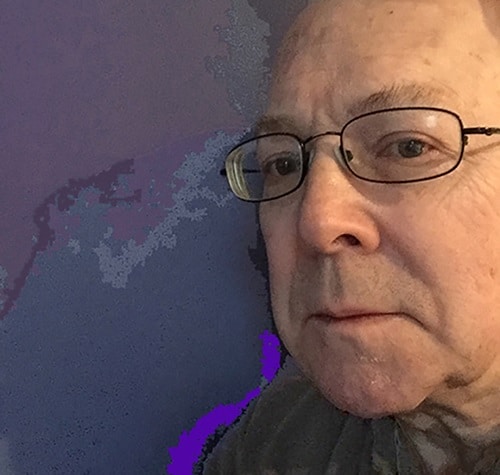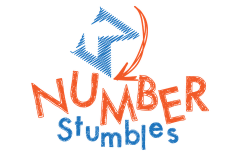Numberstumbles,
Same or Not Same,
Mathematics for Stumblers
What is Numberstumbles?
Two images are presented. The participant decides if they represent the exact same phenomenon, quantity, feature or object. When math symbols are presented the participant decides if the operations are the same, (e.g. A + B, and B + A, same or not same).
We work with the presentation of two, and only two, images side-by-side, not three or more images or objects? Why not use the flashcard approach of presenting only one problem with the expectation of the participant providing an “Answer?”
Simultaneous object presentation provides an effective design for teaching relationships not obtained with single objects (flashcards) or multiple objects. Two objects can be assessed with respect to their similarity faster than three objects. Three images require consideration of three relationships: AB, BC, AC. Two objects require consideration of only one relationship: AB. But if a single object is presented then all comparisons and contrasts must occur inside one’s head. Two are better than one. Two are better than three.
Single object judgments may depend entirely on memory.
By providing two alternative examples simultaneously the game designer “guides” the participant’s attention to specific features that are shared or not shared.
This is the unique advantage of the two objects, YES/NO, design.
Henry aka the Stumbler
Numberstumbles was born out of worry and wonder: how to calculate the area of a circle, worry; path analysis, wonder. Games excite and mystify me, and I have wondered about a math puzzle concerned with finding a lost mathematician, hidden in the ancient city of Alexandria. Learning is often fun, and Numberstumbles is our way of nudging people to make mistakes, to bump up against tricky stuff. Some will find it helpful in the transition from arithmetic to algebra, and beyond.
My worry and wonder started a long time ago, but was shaped strongly by research on learning and perception. At the National Institutes of Health, and then at the University of Maryland School of Medicine and Johns Hopkins I worked on problems concerned with the auditory, visual and motor systems. Positron Emission Tomography and functional Magnetic Resonance Imaging were revealing and useful tools that showed me abundant new rules of neural dynamics and gave me new ideas about learning and exploration. But it has been during the last five years, away from those institutions and investigative tools, that I have worked with Steve Gilbert to develop a simple game for math learning.

Naturally skilled at making mistakes, fumbling in the dark, wandering into places obscure I have joined with Steve to create a two choice, two result, two outcome game. We look forward to hearing how you have stumbled and danced, seen clearly and plunged into fog. I suspect your brain and your psyche will find the experiences engaging and entangling.
